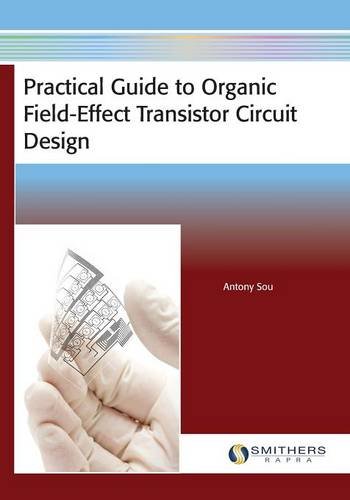

Most ebook files are in PDF format, so you can easily read them using various software such as Foxit Reader or directly on the Google Chrome browser.
Some ebook files are released by publishers in other formats such as .awz, .mobi, .epub, .fb2, etc. You may need to install specific software to read these formats on mobile/PC, such as Calibre.
Please read the tutorial at this link: https://ebookbell.com/faq
We offer FREE conversion to the popular formats you request; however, this may take some time. Therefore, right after payment, please email us, and we will try to provide the service as quickly as possible.
For some exceptional file formats or broken links (if any), please refrain from opening any disputes. Instead, email us first, and we will try to assist within a maximum of 6 hours.
EbookBell Team

5.0
40 reviewsThe field of organic electronics spans a very wide range of disciplines from physics and chemistry to hardware and software engineering. This makes the field of organic circuit design a daunting prospect full of intimidating complexities, yet to be exploited to its true potential. Small focused research groups also find it difficult to move beyond their usual boundaries and create systems-on-foil that are comparable with the established silicon world.
This book has been written to address these issues and is intended for two main readerships: firstly, physics or materials researchers who have thus far designed circuits using only basic drawing software; secondly, experienced silicon CMOS VLSI design engineers who are already knowledgeable in the design of full custom transistor-level circuits but are not familiar with organic devices or thin-film transistor devices.
In guiding the reader through the disparate and broad subject matters, a concise text has been written covering the physics and chemistry of the materials, the derivation of the transistor models, the software construction of the simulation compact models, and the engineering challenges of a right-first-time design flow, with notes and references to the current state-of-the-art advances and publications. Real-world examples of simulation models, circuit designs, fabricated samples, and measurements have also been given, demonstrating how the theory can be used in applications.